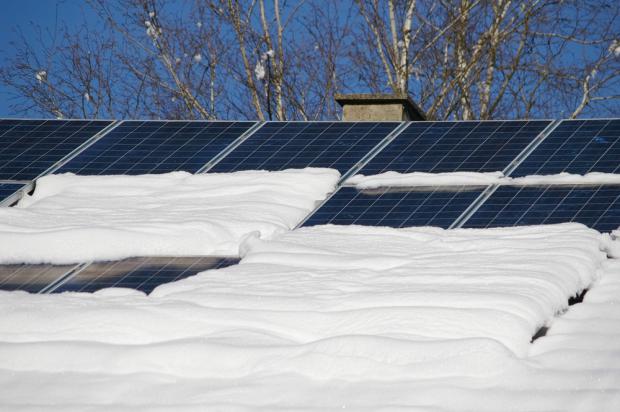
Breaking News
 Still No Justice for COVID Nursing Home Deaths
Still No Justice for COVID Nursing Home Deaths
 How To Make A FREE Drip Irrigation System With An Old 5 Gallon Bucket
How To Make A FREE Drip Irrigation System With An Old 5 Gallon Bucket
 Homemade LMNT Electrolyte Drink | ACTUALLY Hydrate Yourself!
Homemade LMNT Electrolyte Drink | ACTUALLY Hydrate Yourself!
Top Tech News
 Cab-less truck glider leaps autonomously between road and rail
Cab-less truck glider leaps autonomously between road and rail
 Can Tesla DOJO Chips Pass Nvidia GPUs?
Can Tesla DOJO Chips Pass Nvidia GPUs?
 Iron-fortified lumber could be a greener alternative to steel beams
Iron-fortified lumber could be a greener alternative to steel beams
 One man, 856 venom hits, and the path to a universal snakebite cure
One man, 856 venom hits, and the path to a universal snakebite cure
 Dr. McCullough reveals cancer-fighting drug Big Pharma hopes you never hear about…
Dr. McCullough reveals cancer-fighting drug Big Pharma hopes you never hear about…
 EXCLUSIVE: Raytheon Whistleblower Who Exposed The Neutrino Earthquake Weapon In Antarctica...
EXCLUSIVE: Raytheon Whistleblower Who Exposed The Neutrino Earthquake Weapon In Antarctica...
 Doctors Say Injecting Gold Into Eyeballs Could Restore Lost Vision
Doctors Say Injecting Gold Into Eyeballs Could Restore Lost Vision
 Dark Matter: An 86-lb, 800-hp EV motor by Koenigsegg
Dark Matter: An 86-lb, 800-hp EV motor by Koenigsegg
 Spacetop puts a massive multi-window workspace in front of your eyes
Spacetop puts a massive multi-window workspace in front of your eyes
Ingenious Snow-Proof Solar Panels Can Work in All Weather: 'Game-Changing Tech'

Keeping solar panels snow-free has been a costly and inefficient proposition—until now.
Materials and engineering scientists at the University of Toledo have developed an ingenious solution that is winning awards and satisfying the demand of 150 solar plant operators in their latest pilot tests.
The product is a novel strip that is applied to only the lower edge of the panel, which causes the melting of the snow without interfering with the absorption of sunlight.
In a video demonstrating Snow-Free Solar, the Ohio innovators say the easy-to-apply strip "does not cause any partial shading or hot spots on the panel and does not invalidate module warranty." It can, in fact, improve the life expectancy of the panels.
The flexible strip doesn't require any energy to operate and the coatings are "extremely durable, strongly adhering to the PV."
"There is no need for power—it is passive," says Hossein Sojoudi, the Associate Professor and Technical Advisor who founded Snow-Free Solar. "You apply it to the lower bottom and it works from there."
Super easy to install, the job can be done by unskilled labor with no training.
The company isn't providing technical specs because of ongoing competition in the field, but, so far, "no known failure mode (has) yet to be identified" over several winters of rigorous durability tests conducted by a solar photovoltaic testing laboratory.
"We also showed that our strip coatings are durable during regular cleaning of solar panels.

 DId Congress Kill DOGE?
DId Congress Kill DOGE?
 Node without Consent
Node without Consent

